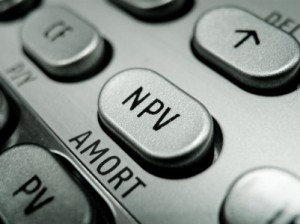To learn more about these FREE
government programs, please visit
www.makinghomeaffordable.gov.
Statistics for these programs
are available at www.treasury.gov.
The Home Affordable Refinance Program (HARP)
The Making Home Affordable Refinance Program is a refinance programs for homeowners with Freddie Mac and Fannie Mae insured loans. The program is designed to allow homeowners to take advantage of current interest rates by allowing financing up to 125% of the current market value. The borrower must have been current for the past twelve months and the new loan amount cannot exceed the original loan amount. No “cash out” is available through the program. The Federal Housing Authority (FHA) also offers a “streamline” refinance program. These types of transactions are handled only by licensed mortgage originators. For more information, please visit www.makinghomeaffordable.gov.
The Home Affordable Modification Program (HAMP)
The HAMP program was designed to provide loan modifications for troubled mortgages in an effort to prevent foreclosures. The program focuses on the mortgage payment and seeks to reduce that payment through a series of measures, as outlined in the “waterfall” illustration below.
The government refers to the ratio of payments to gross income as the front-end debt-to-income (DTI) ratio. Working in conjunction with mortgage lenders, the HAMP program provides incentives for banks to reduce the DTI ratio to less than or equal to 38%; the Treasury will then step in to help reduce the DTI ratio to 31% or less. Mortgage servicers received an up-front payment of $1,000 for each eligible modification they performed plus up to $1,000 per year for up to three years while borrower is in the program.
HAMP Waterfall
The term “Waterfall” is used within the HAMP program to describe the sequence of steps taken to reach the target of a 31% housing debt to income ratio. Before beginning the “Waterfall” process, a determination must be made that the loan meets the eligibility criteria. The following steps are taken, in order, until the 31% target is reached:
1.) Capitalize accrued interest and other eligible expenses to determine the modified loan amount.
2.) Reduce the interest rate to reach the 31% target housing debt-to-income ratio in increments of 0.125%, subject to an interest rate floor of 2%.
3.) If the 31% target housing ratio has not been reached, extend the term of the loan up to a maximum of 40 years.
4.) If the 31% target housing ratio has not been reached, then reduce the principal through an agreement between the borrower and the servicer.
This agreement (forbearance agreement) would require that the amount of principal reduction be set as a balloon payment at the end of the loan term or when the loan is otherwise paid off.
Net Present Value (NPV) Process
 If the target DTI is reached through one of the waterfall steps, then an NPV test is performed. The NPV test compares the net present value of cash flows with modification and without modification.
If the target DTI is reached through one of the waterfall steps, then an NPV test is performed. The NPV test compares the net present value of cash flows with modification and without modification.
For GSE (Government Sponsored Enterprise) loans, the NPV test is performed but the modification process continues regardless of the results of the NPV test.
For non-GSE loans, if the modified value is greater than the non-modified value (NPV test is “positive”), the Servicer must begin the modification process under HAMP by setting up the trial period. If the modified value is less than the non-modified value (NPV test is negative), the Servicer may choose to proceed with the modification or submit the loan to MGIC for the “Second Look” process.